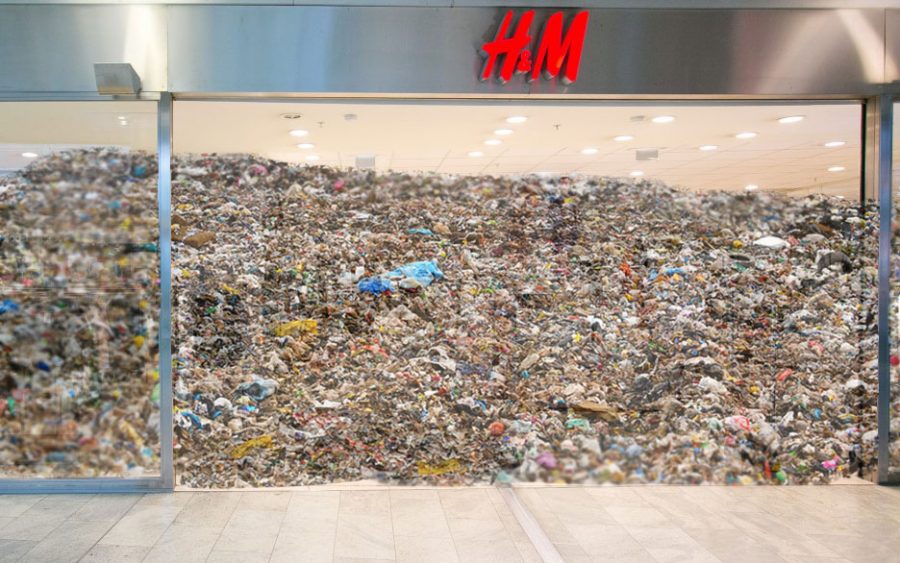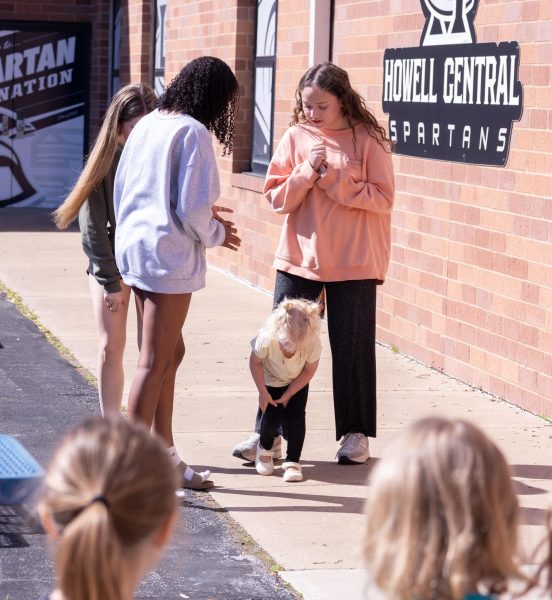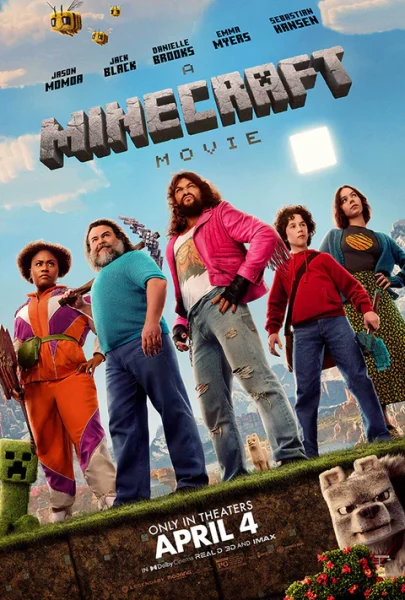The Fast Threat of Fashion
The storefront of H&M is filled to the brim with trash. As people contribute to largely fast fashion businesses they are equally contributing to the build up of waste in the world.
Getting dressed every day is something everyone can relate to. We all put our pants on one leg at a time, but not all pants are created equal. Environmental issues are not ones commonly overlooked today. Today’s generation is extremely conscious of how they are impacting the environment, whether that be recycling, using reusable straws, or even protesting against the bigger antagonists of our planet’s health. Where we tend to fall short however is being aware of the impact our clothing has on the environment. For junior Zoe Michals, how her clothing choices impact the environment is a large factor in her shopping experiences.
“I definitely try to go to thrift stores more often, especially now that I’m more educated,” Michals said. “I used to be unaware of the environmental effects of shopping at fast fashion places, now I’m doing my part in reducing pollution and carbon emissions.”
How exactly does thrifting lessen our ecological impact? Textile waste is one of earth’s biggest pollutants, and the actual manufacturing process is extremely flawed and creates a multitude of problems to the environment. By buying from second-hand clothing stores you are purchasing clothing that’s already been manufactured and sold. You’re contributing to these companies whose main goal is to resell clothing, not to a fast-fashion company whose main concern is to pump out as many articles of clothing as they can to make a profit.
Speaking of fast fashion, what is it? The textbook definition of fast-fashion is “inexpensive clothing produced rapidly by mass-market retailers in response to the latest trends”. Trends in fashion come and go extremely quickly, and as a result, these brands have to mass-produce clothing in order to keep up with the current market. Michals recognizes the devastation this kind of production method can have on our environment.
“I’ve stopped shopping on online stores like Shein because I just know they’re really bad for the Earth…that’s why I really like the idea of thrift shops and stuff, and a lot of my old clothes I’ll give to Goodwills, and Plato’s Closet, and things like that and I’ll try to buy things from similar places,” Michals told.
Likewise, juniors Sidney and Taylor Marshall try to remain environmentally friendly, but they admit the struggles one can face in trying to do so.
“I mean I am [aware of her environmental impact], but at the same time it’s so hard to find places where you can buy clothing [that is sustainable] if everyone supports fast fashion,” Taylor Marshall said.
The Marshalls are also pro-thrifting.
“Shop at thrift stores or shop in your grandparents’ closets,” Sidney Marshall suggested. “It’s free there and it’s sustainable!”
Not only is thrifting better for the environment, but it can also be a great way to find great and unique pieces to spice up your wardrobe.
“Some of my favorite pairs of jeans are from Goodwill and they were five dollars,” Sidney Marshall mentioned.
Zoe Michals concedes it’s not for everyone, but for those whose tastes are a bit more eclectic, it’s perfect.
“I think you definitely have to have a certain taste for it, but for my style, it works great,” Michals said.
Your donation will support the student journalists of Francis Howell Central High School. Your contribution will allow us to purchase equipment and cover our annual website hosting costs. FHCToday.com and our subsequent publications are dedicated to the students by the students. We hope you consider donating to allow us to continue our mission of a connected and well-informed student body.








